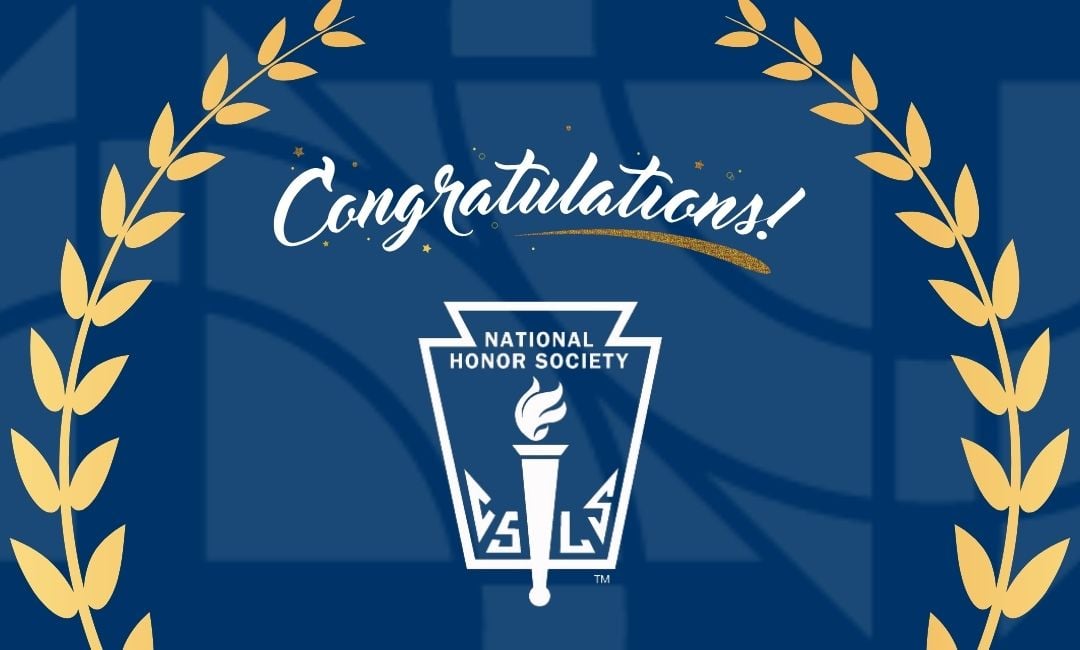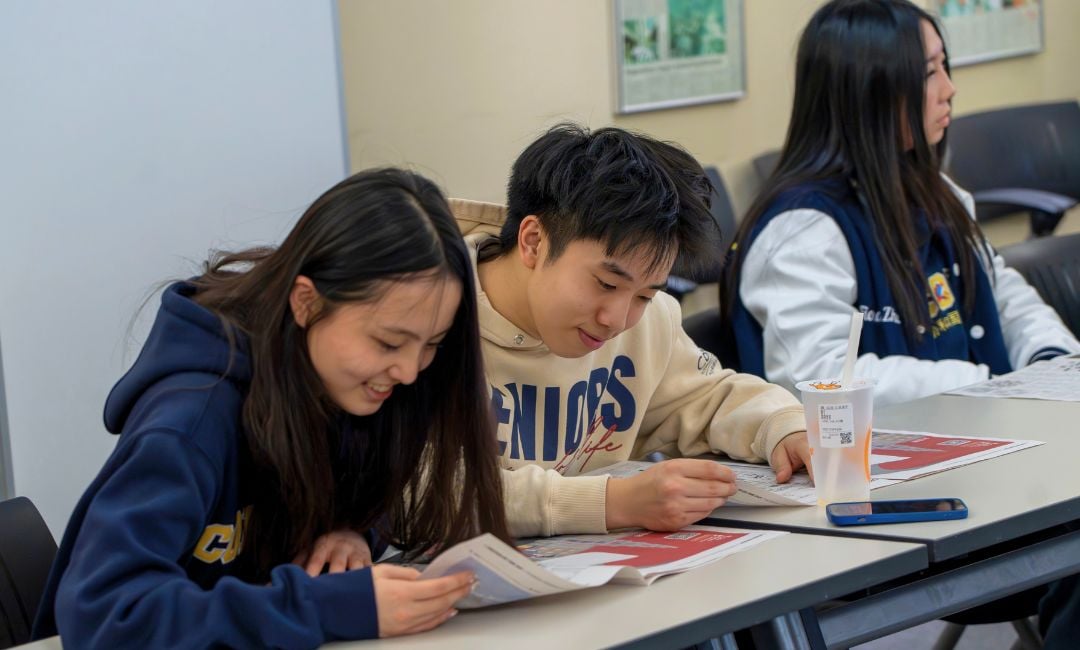3, 2, 1, Lift off!
On the sidelines many excited eyes gazed upward as a rocket made by our G8 students was successfully launched from Concordia’s Founders Field.
It only took few seconds for the rocket to make its way skyward, and fewer still for the parachute to deploy and begin slowly drifting its “passenger” back to Earth. The experience of building a rocket over several weeks was a challenging feat for the students, and finally watching it soar through the air was beyond exciting.
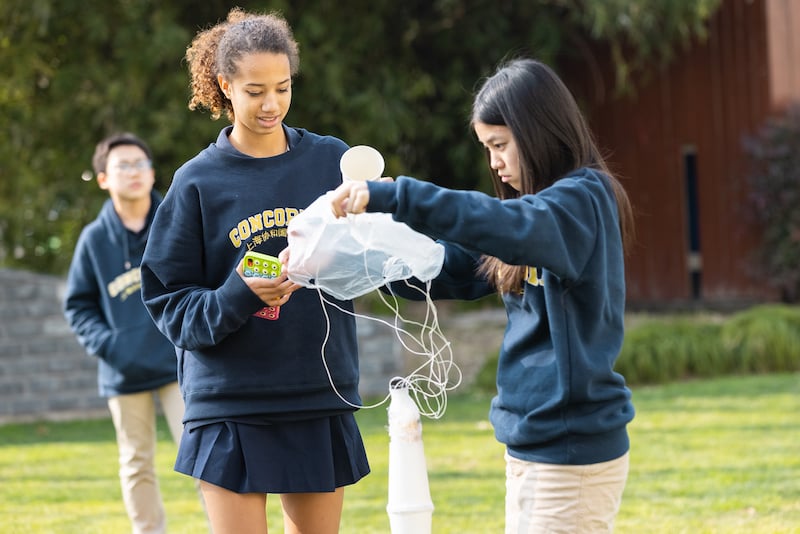
The mission objective for this hands-on science project, known as ExPlore, is to design and build a rocket to take passengers into space to get a view of Earth. Under the scenario, Concordia students have to use what they’ve learned from their lessons on Forces and Motions (Newton's three laws) and Gravity and apply it to engineering and designing a rocket.
The students did research, identified criteria and constraints, and drew a blueprint. Afterwards, they built the first prototype to test. Instead of real engines, they used water pressure to launch their “rocket ships”.
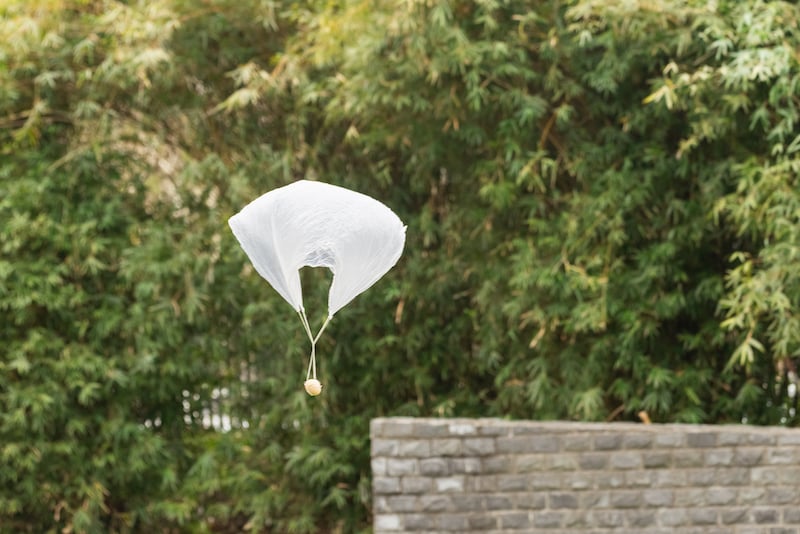
“The ultimate goal is to have their rocket reach at least 15 meters, fly straight up into the air, land its ‘passenger’ (in this case an egg) safely by deploying a recovery system that reduces the impact as it comes back to the ground,” explains MS teacher Dr. Tina Harbold.
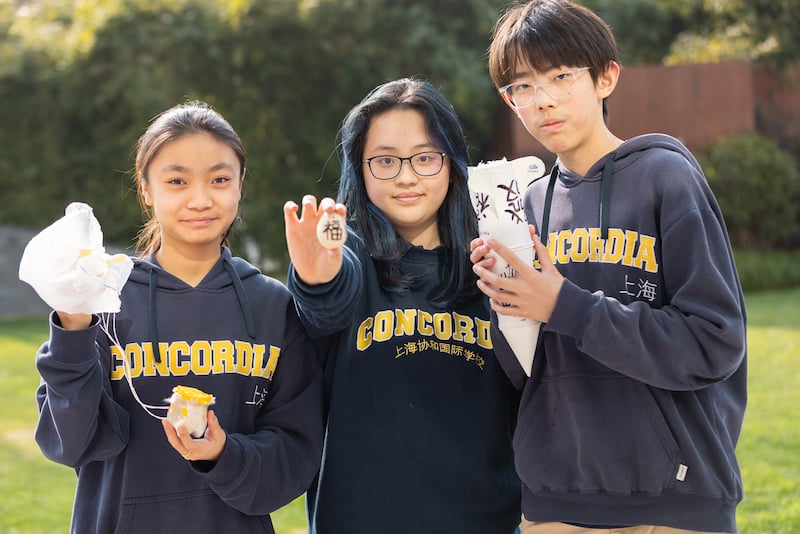
Students spent several weeks making modifications to the prototype trying to achieve as many of the necessary criteria as possible.
Through the project, students learned how to problem-solve, work in teams, and apply what they have learned in class in order to launch the rocket successfully.
A successful launch might be only a small step for ExPlore, but it’s a giant leap for our future rocket scientists.

